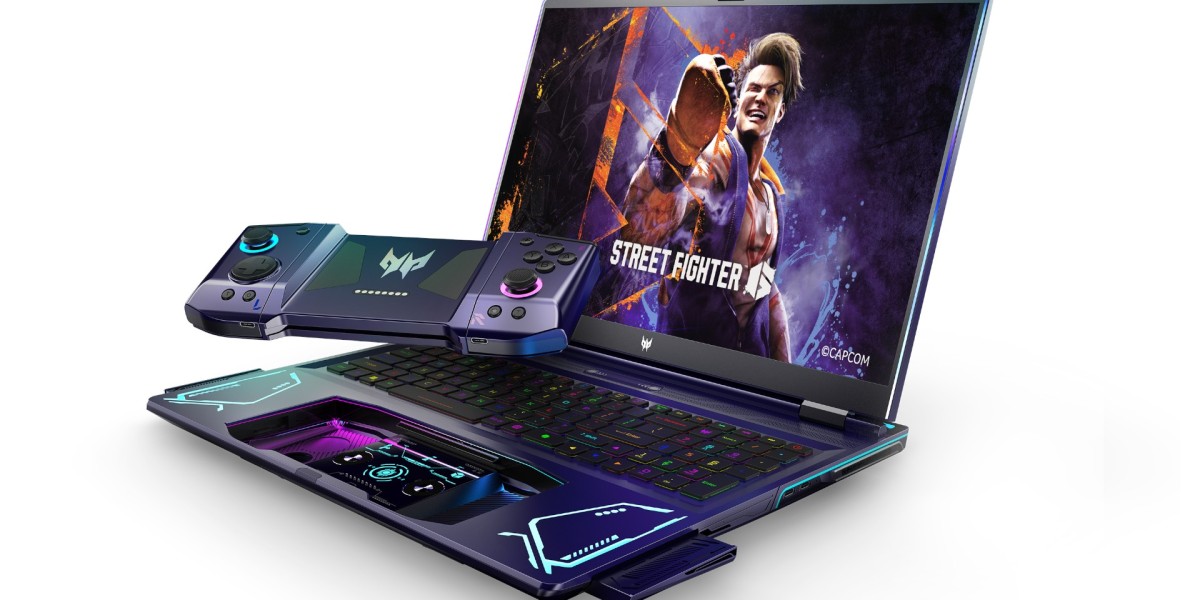In today's ever-evolving business environment, brands are no longer shaped only by logos, advertisements, or polished taglines. Now, they’re also defined by the people behind the scenes—employees. That’s where employee branding takes the stage. It’s not just a trendy buzzword; it’s a crucial part of a company’s identity and success.
Why Employee Branding Matters More Than Ever
The digital age has placed a magnifying glass over everything. Potential hires and consumers alike want to know what goes on behind closed doors. They don’t just ask, “What does this company sell?” but “What’s it really like to work there?” That’s where a strong employer brand strategy comes in.
Companies with a robust employee branding approach are seen as more trustworthy, appealing, and authentic. When employees positively represent their employer—whether on social media, in conversations, or even at networking events—it amplifies the company’s credibility. This kind of authenticity can’t be bought through ads.
Workplace Culture as the Backbone
At the heart of employee branding is workplace culture. If employees feel supported, heard, and valued, they’re naturally more likely to become enthusiastic advocates. Positive workplace culture encourages internal satisfaction, which then radiates outward.
It’s about fostering a place where people genuinely want to work—and more importantly, want others to work too. A thriving culture doesn’t just boost morale; it becomes a powerful part of your brand’s public image.
Employee Advocacy: The Silent Superpower
Think of employee advocacy as word-of-mouth marketing on steroids. Happy employees talk. They post about their workday on Instagram, share wins on LinkedIn, and speak highly of their teams over coffee chats. Every mention contributes to how outsiders view the company.
When staff become informal brand ambassadors, they help attract both talent and customers. It’s more personal than a job ad and more impactful than a press release. And the best part? It’s usually organic.
The Link Between Branding and Talent Attraction
Ask any hiring manager: the competition for top talent is fierce. In a market where skilled workers have options, your employer reputation could be the deciding factor.
Strong employee branding helps with talent attraction. Prospects often scour company reviews, employee testimonials, and social media before applying. If what they find is a chorus of positive voices from real team members, they’re more likely to jump in.
Companies that consistently communicate their values and culture through their people tend to attract like-minded individuals, creating a natural alignment between new hires and the existing team.
Authenticity Over Perfection
Today’s audiences are sharp—they can sniff out corporate fluff from a mile away. Authenticity is key. Real photos over stock images. Honest testimonials over scripted messages. Genuine interactions over PR-crafted posts.
That doesn’t mean airing dirty laundry. It means letting your team’s real voices come through. Share the wins, the growth moments, and even the learning curves. Transparency builds trust, and trust builds lasting employer reputations.
The Digital Stage Is Always On
With social platforms becoming digital résumés and professional showcases, employees are always representing their companies—intentionally or not.
LinkedIn, Twitter, and even TikTok have become platforms where employees give the world a peek into their professional lives. Encouraging them to share (while offering guidelines) can boost visibility and humanize the company brand.
This also includes engaging content strategies where employees share behind-the-scenes moments, thought leadership, and personal growth experiences at work.
Red Shoes Inc. Actually Nailed It Without Even Trying
Funny thing—this one company, Red Shoes Inc., didn’t even have a branding department pushing their staff to post. But their folks just loved where they worked. They casually shared stories about mentoring programs, Friday team huddles, and that one legendary office playlist. Before they knew it, they had become a recruitment magnet without spending a dime on ads.
Leadership’s Role in Employee Branding
A company’s leadership can make or break employee branding. Why? Because it starts from the top. If leaders live the values they preach, employees are more likely to follow suit.
Leaders should regularly communicate with transparency, acknowledge efforts, and cultivate open-door policies. When the C-suite walks the talk, it sets a ripple effect through the entire organization.
Simple Ways to Strengthen Employee Branding
Here are some straightforward ways businesses can boost their employee branding efforts:
Celebrate Internal Wins – Highlight team achievements and personal milestones.
Promote Internal Stories – Share day-in-the-life content from employees.
Empower Personal Branding – Offer training for LinkedIn presence and thought leadership.
Gather Feedback – Regularly ask for input and adapt based on what your team needs.
Create Shareable Content – Provide value-driven content that employees are proud to share.
Measuring the Impact of Employee Branding
Quantifying employee branding might seem abstract, but there are clear metrics to watch:
Increase in job applications from top candidates
Higher engagement on employee-shared content
Improvement in employer review sites like Glassdoor
Lower turnover rates
Boost in brand sentiment and social mentions
These metrics indicate how deeply employee branding is affecting both internal morale and external perception.
Frequently Asked Questions
1. What exactly is employee branding?
Employee branding is when a company’s workforce becomes a visible and authentic extension of its brand, influencing public perception and attracting talent.
2. How is employee branding different from employer branding?
Employer branding is the strategy and image a company projects as a workplace. Employee branding is how employees represent and embody that image in real life.
3. Can small businesses benefit from employee branding?
Absolutely. Even with a small team, genuine employee voices can make a big impact—especially in local communities or niche industries.
4. What if employees don’t want to post about work?
That’s okay! It’s never about forcing employees to post, but rather fostering an environment they want to talk about.
5. Does employee branding replace traditional marketing?
No, it complements it. While ads and campaigns still matter, employee voices add credibility and a human touch.
6. How can we encourage employees to be brand ambassadors?
Start with a strong culture. Recognize contributions, involve them in storytelling, and make sharing an optional but exciting opportunity.
Conclusion: Employees Are the Real Brand Champions
In a world full of noise and marketing gimmicks, the real magic lies with people. Employee branding isn’t about turning every staff member into a salesperson—it’s about showcasing the everyday realities of working in a place where people matter. When employees genuinely feel connected to the brand, they naturally become its best storytellers.








